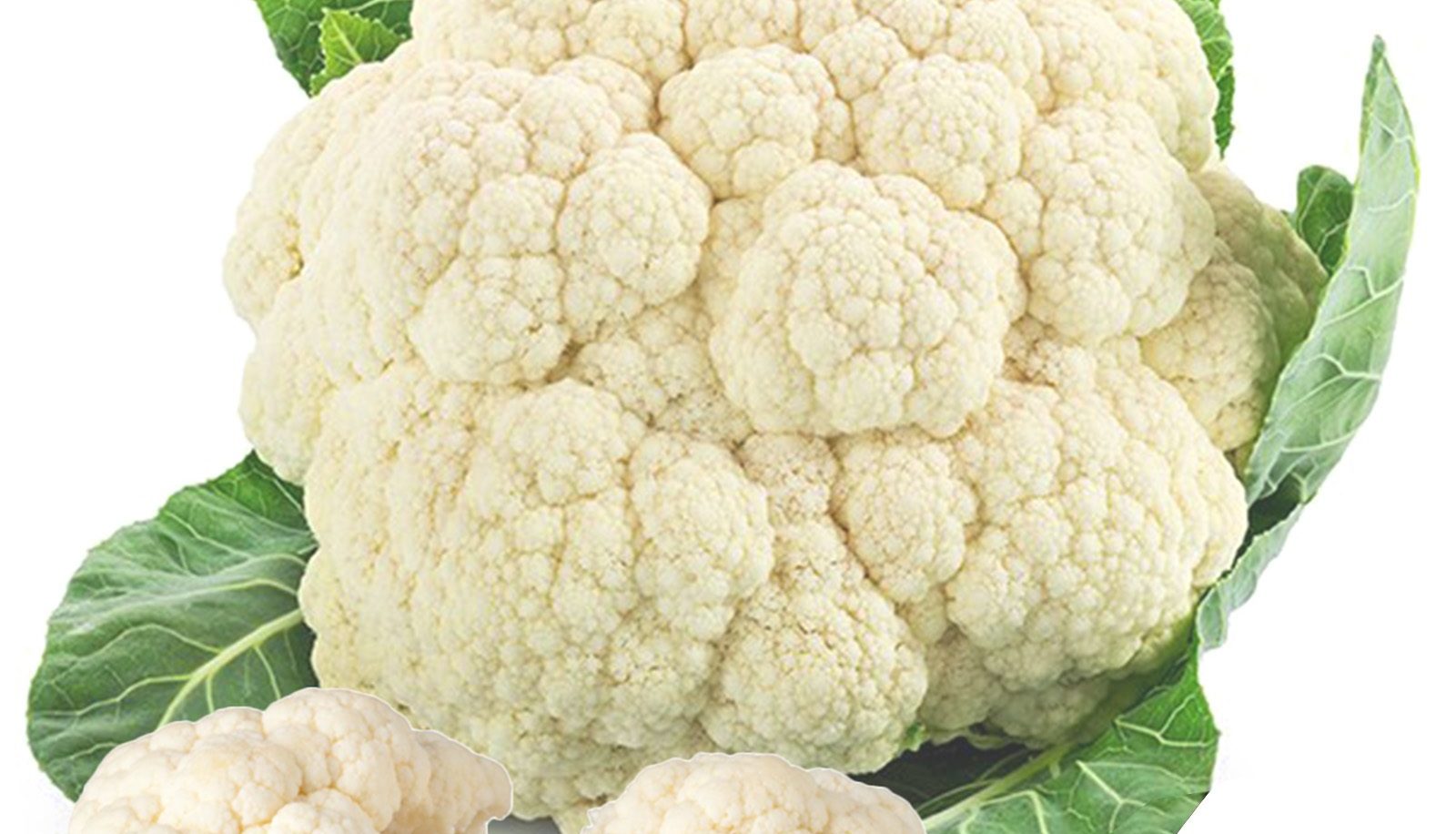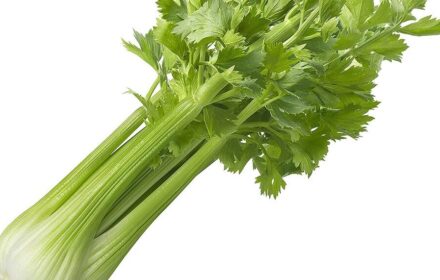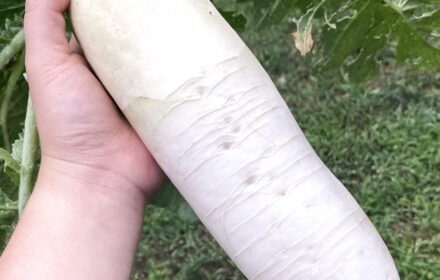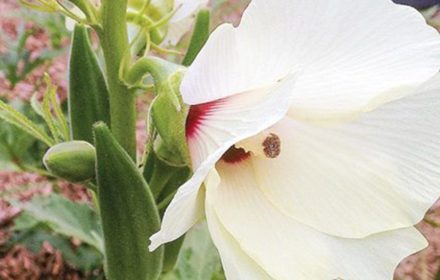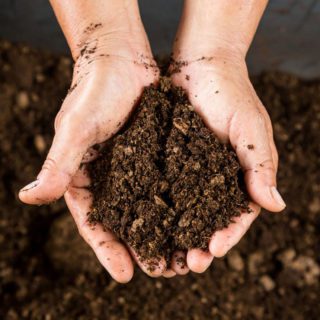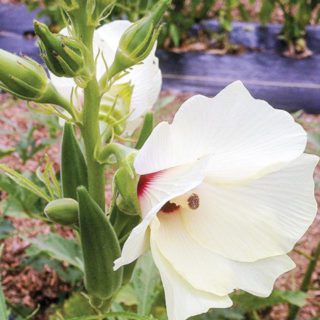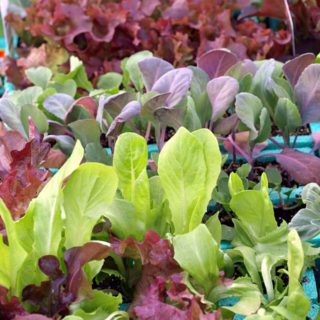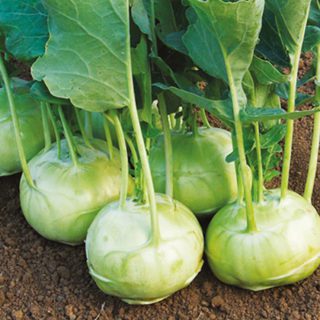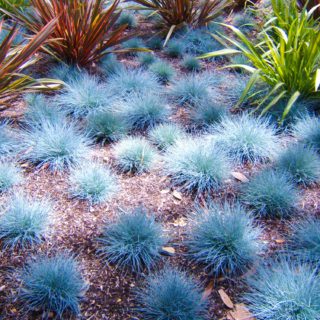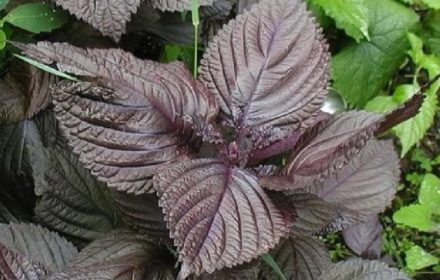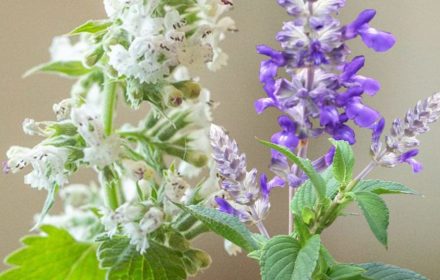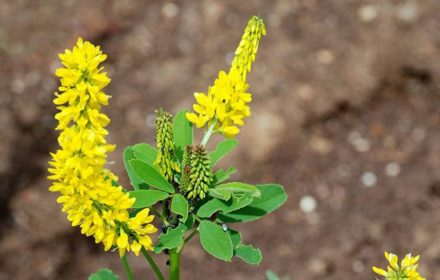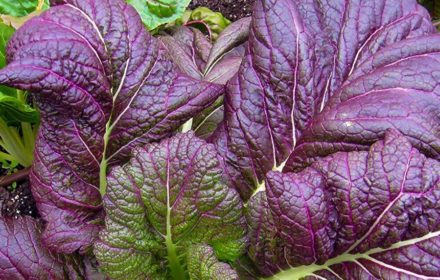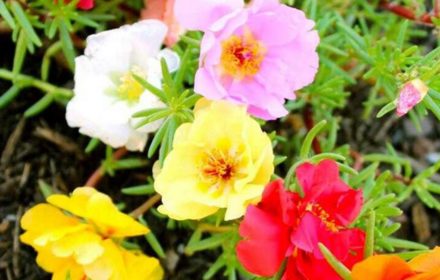How to Sow and Grow Giant Igloo Cauliflower Seeds in the UK
Giant Igloo Cauliflower is a versatile and reliable variety that produces large, dense, white heads, perfect for a range of dishes. This hardy vegetable can be grown throughout the year and thrives in UK conditions. Suitable for outdoor gardens, vegetable patches, or greenhouses, this cauliflower is a favourite among gardeners for its open-pollinating nature, ensuring a continuous supply of nutritious crops. While cauliflowers are considered intermediate in growing difficulty, with the right care and conditions, they can provide a consistent and rewarding harvest.
Why Grow Giant Igloo Cauliflower?
- Year-Round Growing: This variety can be grown and harvested across multiple seasons with proper timing.
- Nutrient-Rich: Cauliflower is packed with vitamins C and K, fibre, and antioxidants, making it a healthy addition to your diet.
- Versatile Usage: The heads, leaves, stems, and florets are all edible, ideal for soups, roasts, or raw consumption.
- Open-Pollinating: This natural pollination process supports a reliable seed supply for future crops.
Step-by-Step Guide to Sowing Giant Igloo Cauliflower Seeds
- Indoors: Start seeds indoors from late winter to early spring (February to April) or in late summer (July to August) for overwintering.
- Outdoors: Direct sow seeds outdoors in mid-spring to early summer (May to June) once the soil has warmed.
- Soil Requirements: Cauliflower thrives in rich, fertile, well-drained soil with a neutral to slightly acidic pH (6.0-7.5). Incorporate plenty of well-rotted compost or manure before sowing.
- Location: Choose a sunny or partially shaded spot that offers protection from strong winds.
Sowing the Seeds
- Indoors: Fill seed trays or pots with fresh compost, vermiculite, or a seed-starting mix. Sow seeds 6 mm (1/4 inch) deep, covering them lightly with soil. Place trays in a well-lit area, such as a windowsill, or under grow lights to encourage germination.
- Outdoors: Sow seeds directly into the soil 6 mm deep in rows spaced 30 cm (12 inches) apart. Cover lightly with soil and water gently.
- Germination Conditions: Maintain soil temperatures between 12-26°C (54-79°F) for optimal germination. Germination typically occurs within 5-10 days. Keep the soil moist but not waterlogged during this period.
- Transplanting Seedlings: Once seedlings have 3-4 true leaves and are sturdy enough to handle, transplant them to their final growing position. Space plants 30 cm (12 inches) apart in rows, leaving 45-60 cm (18-24 inches) between rows to allow sufficient room for heads to develop.
- Hardening Off: Before transplanting, harden off seedlings by gradually exposing them to outdoor conditions over 7-10 days.
Caring for Giant Igloo Cauliflower Plants
- Watering: Keep the soil consistently moist, especially during dry spells, to prevent stress that can cause poor head development or bolting. Avoid waterlogging.
- Feeding: Apply a high-nitrogen fertilizer or a general-purpose feed every two weeks during early growth. Switch to a potassium-rich feed when heads begin to form.
- Weeding and Mulching: Remove weeds regularly to reduce competition for nutrients and water. Apply mulch around plants to retain soil moisture and suppress weeds.
Pest and Disease Control
- Common Pests: Watch for cabbage white butterflies, aphids, and slugs. Use netting to protect plants from butterflies and manually remove pests when possible.
- Common Diseases: Monitor for clubroot and downy mildew. Ensure good drainage and avoid planting in areas where brassicas have recently grown to minimize risk.
Harvesting Giant Igloo Cauliflower
- When to Harvest: Harvest heads when they are firm, dense, and fully white, typically 70-90 days after sowing. Check regularly to ensure heads do not become overripe.
- How to Harvest: Cut the head from the base of the plant with a sharp knife, leaving some of the outer leaves intact for protection.
Edible Parts
- Heads: Ideal for steaming, roasting, or raw use.
- Leaves: Can be sautéed or added to soups.
- Stems: Use in stir-fries or as a crunchy snack.
Common Questions About Growing Cauliflower in the UK
Can cauliflower be grown in containers? Yes, but choose a large container at least 30 cm (12 inches) deep with good drainage. Use nutrient-rich compost and ensure regular watering.
Why are my cauliflower heads discoloured or small? Discolouration can occur due to sun exposure; cover developing heads with outer leaves to blanch them. Small heads often result from insufficient water or nutrients.
Can I save seeds from Giant Igloo Cauliflower? Yes, as an open-pollinated variety, it produces viable seeds. Allow some plants to flower and collect seeds once they are dry.
By following these steps, you can enjoy a bountiful harvest of Giant Igloo Cauliflower, whether grown outdoors, in a greenhouse, or in a vegetable patch. With proper care and attention, this hardy variety will reward you with large, nutrient-packed heads perfect for a range of culinary uses.

